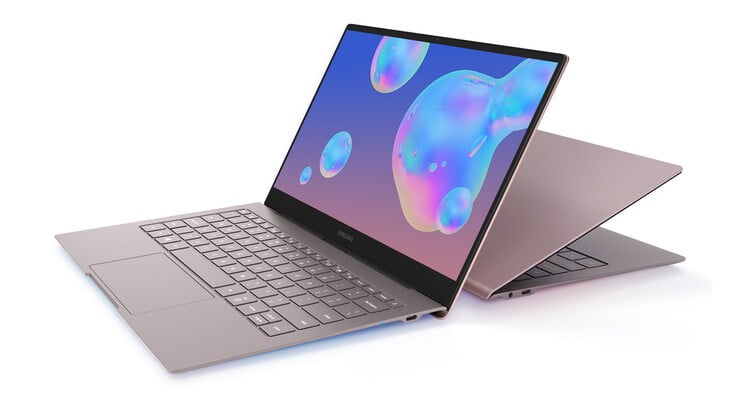The Samsung Galaxy Book S with the Intel Lakefield CPU seems to be finally on the way, according to a new leak, and has apparently been shown by Samsung itself.
The Book S with an Intel Lakefield Core i5-L16G7 chip was seen in the Samsung Canada online store. It supports an October Hexus report that claimed for the first time that Samsung was making a Lakefield model of its professional tablet.
Samsung wants to be the first provider of Lakefield
This means that we will probably see the new Samsung Galaxy Book S in the wild very soon and can take the mantle as the first x86 with the Lakefield device. Microsoft’s Surface Neo was slated to be the first x86-based Lakefield device, but is now rumored to be delayed until 2021.
Samsung Galaxy Book S specs
Available in Mercury Gray and Earthy Gold, this Lakefield Galaxy Book S will be a 13-inch model with the same specifications as the existing Snapdragon 8cx model. It will have the same 8GB memory, 256GB and 512GB storage options, a 13.3-inch touchscreen, and a 42Wh battery.

However, the Lakefield model will have no LTE connectivity and will have a shorter battery life of just 17 hours on a single charge (alongside 25 hours of its ARM-based counterpart). At least, it will have support for Wi-Fi 6, which is faster than Wi-Fi 5 of the 8cx model.
Other specs revealed about the Lakefield Galaxy Book S include a fingerprint reader on the power button, two USB Type-C ports, a microSD card reader, a combo audio jack, 1MP camera, and Bluetooth 5.0 connectivity. It will also run on Windows 10 Home.
The advantages of Qualcomm Snapdragon 8cx
Performance wise, we just have to wait and see how it compares to its 8cx counterpart. A newer chip, the i5-L16G7 may have comparable, if only slightly better, performance to the Snapdragon 835, based on a leaked benchmark. Alongside the Snapdragon 8cx, it has only minimal single-core performance advantage and has nothing on the 8cx when it comes to multi-core performance.
With lower performance and shorter battery life, one thing that could convince people to go for this Lakefield model is a more affordable price. Unfortunately, the leaked specs did not identify pricing or availability.
It should also be a practical option for users who trust x86-64 applications. While the ARM implementation can run these applications through emulation, this Lakefield model should have better compatibility with Windows applications, so users no longer have to jump through hoops to use their x86-64 applications. favorites.





